SAINT MARTIN’S DAY
November 11th is celebrated as Saint Martin’s Day in many European countries. Historically, the feasting marked the end of the agrarian season and initiated a period of fasting that eventually became Advent. Saint Martin or Martin of Tours lived in the 4th century, started out as a Roman soldier, left the army to became a monk and ended up the bishop of Tours. Best known for sharing his military cloak with a beggar, who subsequently came to him as Jesus in a dream, St. Martin is the patron saint of beggars, tailors, children, soldiers, geese, innkeepers, vintners and France.
Although more widely observed in France, Germany, the United Kingdom (known as Martinmas) and other European countries, La Festa di San Martino is also celebrated in many Italian towns. For example, in Venice it’s a traditional holiday where children go through the streets banging pots and pans asking for storeowners and passers-by for small change and candy while chanting a nursery rhyme in Venetian dialect. With their earnings they buy a classic San Martino cookie in the shape of the saint on horseback with cloak and sword or an even more classic sweet made with quince jelly.
SAN MARTINO AND WINE
The time around St. Martin’s Day naturally coincides with the period of new wine, necessitating the finishing up of what’s left in the casks from the previous year and filling them up with the pressed fruits of the new harvest. Some celebrate with the drinking of the mature wine, and others drink the novello or new wine in accordance with the expression, “A San Martino ogni mosto è (o diventa) vino.” – On Saint Martin’s Day all unfermented grape juice is (or has become) wine. Traditionally, the casks are opened for the first tasting of the vino novello on these days.
TRATTORIA AL VERTICE
In Calabria I hadn’t previously noticed much of an observance of San Martino, except for a type of cookie with the name. This past week, however, I attended a dinner on the saint’s name day, and from my point of view, a full menu, wine included, for 15 Euros could be a celebration in itself. Of course, for that price you don’t expect truffles, but you hope for a good, down-home spread. I wasn’t disappointed, although I would have preferred an evening without a blaring karaoke machine. I’m clearly not used to the level of confusion that the average Calabrian hardly notices.
The reverberant hall in the basement of the trattoria on the outskirts of Reggio was full of long, tightly packed tables. The location on Via Reggio Campi had historically been an agricultural area, ”campi” being “fields” in English, but today the zone is filled in with houses and businesses, and even karaoke on special occasions.
The meal was served family style, starting with the appetizers: Pecorino (sheep’s cheese), Capicollo (a traditional cold cut made from the pig’s neck), Fagiolata alla contadina (farmer’s style beans), Polenta alla griglia con salsa ai funghi (grilled polenta with mushroom sauce), Parmigiana di melanzane (eggplant parmigiana), Patate scottadito (potatoes roasted in ashes), Caponata (cooked vegetable dish of eggplant, tomatoes, often with peppers and zucchini), Olive.
- Capicollo and pecorino
- Polenta alla griglia con salsa ai funghi, Parmigiana di melanzane, Patate scottadito
- Fagiolata alla contadina
- Caponata
A hearty serving of beans with a few slices of cheese and capicollo lent a down-home appeal. The little squares of parmigiana were subtle and flavorful, the patate scottadito (that literally translates as “burns the finger”) sizzled the tongue with the peperoncino sprinkled on top, while the polenta, not a traditional dish in the south, signaled the start of a colder season.
The first course was maccheroni al ragù di maiale (macaroni with a pork sauce). More usual to see pork in a tomato-based sauce, the ragù al bianco (white sauce) had a rich, pork flavor. As described by the chef who came over to our table when we asked our waiter about the preparation, the meat was simmered in water until it disintegrated into and became part of the liquid, imparting the concentrated pork taste. Unfortunately, my picture doesn’t do it justice.

Maccheroni al ragù di maiale
The second course consisted of an assortment of meat: salsiccia peperonata (spice sausage), scaloppina di maiale al vino rosso (pork scaloppini in red wine) and agnello arrosto (roasted lamb). By this point in the evening, I can’t say that I was still hungry, which was good, as this course wasn’t anything to write home about, in this case, to blog about.
DOGGIE BOTTLE
It was all washed down with a decent house red that varied from bottle to bottle. In keeping with the Festa di San Martino or perhaps just a coincidence, our table started out with a more mature bottle and ended with a young wine. The glass liter bottles were unmarked containers that the restaurant surely used over and over again. We hardly touched our last bottle. How does one take the remaining wine home without the bottle? Pour it into an empty water bottle. Definitely in the spirit of the holiday.

Filling up a “Doggie Bottle”
Read about other festivals celebrated in Calabria in the blogposts Mammola and Mushrooms, The Festival of the Madonna in Reggio Calabria and Easter in Calabria, The Processions of Badolato.
 Interested in more of what there is to see and do in Calabria, the fascinating region in the toe of the Italian boot? Check out Calabria: The Other Italy, my non-fiction book about daily life, history, culture, art, food and society in this beautiful southern Italian region. Interested in visiting Calabria? Come with me on one of my Calabria tours!
Interested in more of what there is to see and do in Calabria, the fascinating region in the toe of the Italian boot? Check out Calabria: The Other Italy, my non-fiction book about daily life, history, culture, art, food and society in this beautiful southern Italian region. Interested in visiting Calabria? Come with me on one of my Calabria tours!
“Like” Calabria: The Other Italy’s Facebook page and follow me on Karen’s Instagram and Karen’s Twitter.
Sign up below to receive the next blog post directly to your email for free.
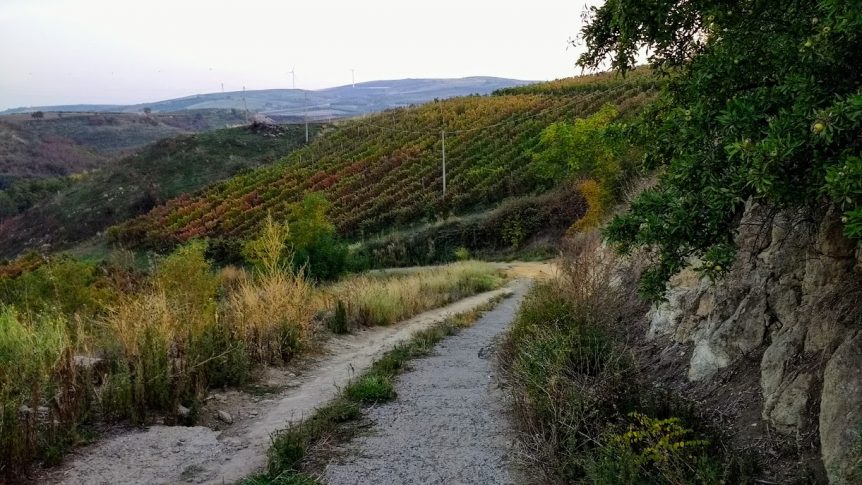
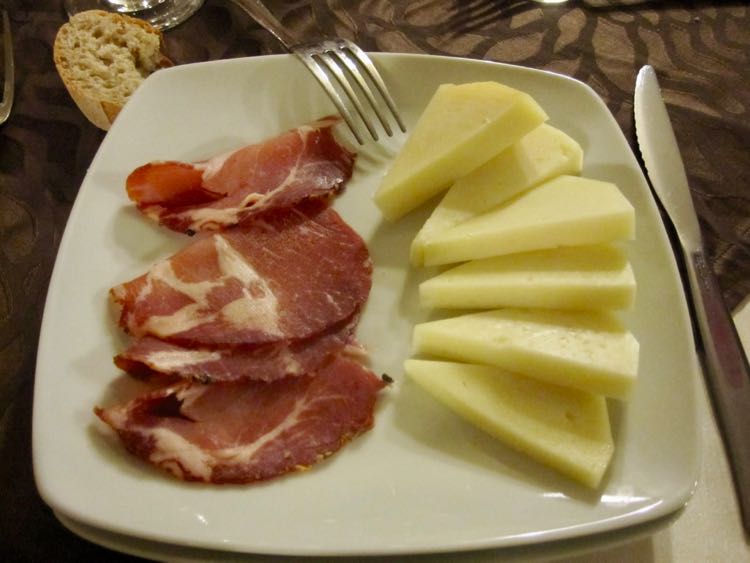
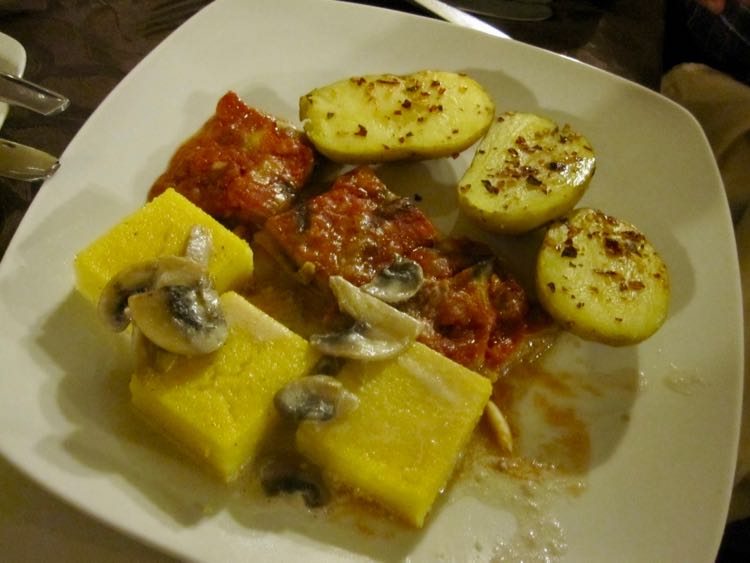
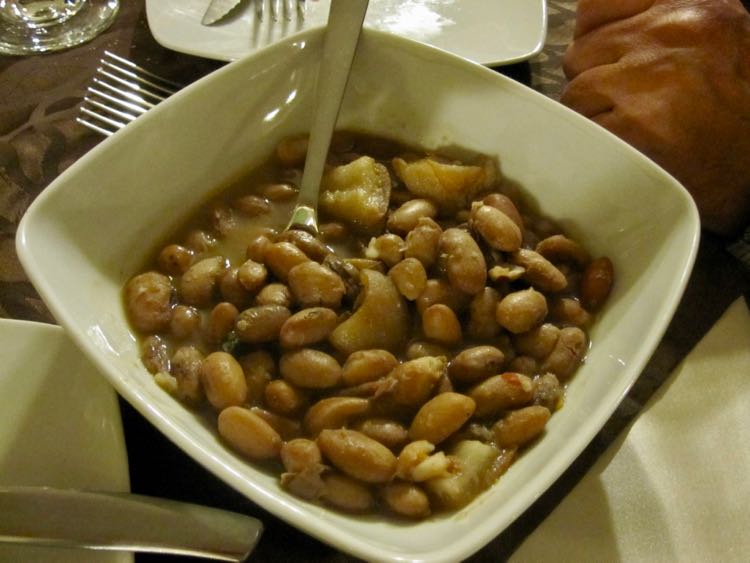
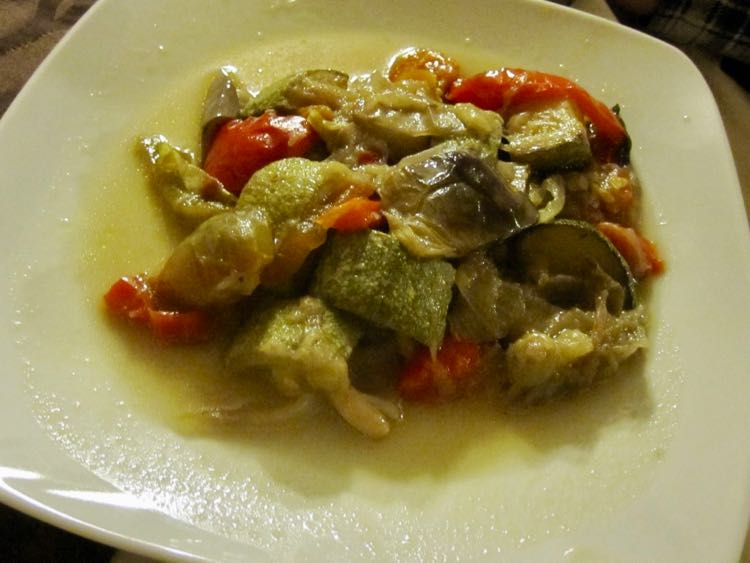
Comments 6
All of this whets the appetite and beckons me to travel, yet again, into the “Toe.” Your blogs are a true and vibrant window into the culture and daily life that allures.
PK
Author
Glad you’re enjoying my blog!
Certainly a European Thanksgiving!–Interesting how much we bond over food–
Always enjoy a comparison of cultures and one way is at a bountiful table–please tell
us more!
Author
Thanks Barbara – I’ll be posting regularly. Check back!
Love the idea of the “doggie bottle”! I’d try that, only there’s never enough left on our table! Lovely blog.
Author
Ha, ha! Not even a drop! Such a shame to leave it behind. Thanks.